 |
||||||||||||||||
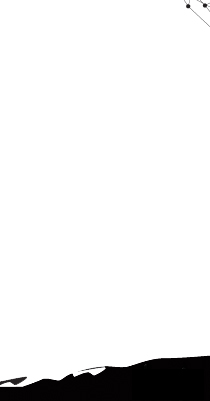 |
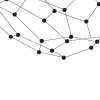 |
|
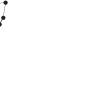 |
|
 |
|
 |
|
 |
|
||||||
 |
 |
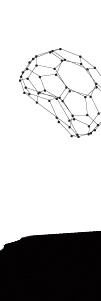 |
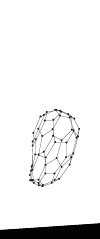 |
 |
||||||||||||
 |
|
|
|
|
|
|
|
|||||||||
| |
|
|
||||||||||||||
Projections
Interviewees
Amanda
McDonald Crowley
Australian Network for Art & Technology
Stream Video
Andres
Burbano
Professor,
Universidad de los Andes, Columbia
Stream Video
Anne
Nigten
Manager, V2 Lab, Netherlands
Stream Video
C. Kim
Transcript
Chi-Ming
Ho
Transcript
Chris
Salter
Interaction Architect/Co-Director, Sponge, Germany/USA
Stream
Video
David
Awschalom
Trancript
Diana
Domingues
Professor
& Coordinator of Graduate Researchers, Semiotics and Communication Graduate
Program, University of Caxias Do Sul, Brazil
Stream Video
Eli Yablonovitch
Transcript
Fraser
Stoddart
Transcript
Heather
Maynard
Transcript
Hermann
Gaub
Transcript
Jacquelyn
Ford Morie
Associate
Director for Creative Development, USC Institute for Creative Technologies,
USA
Stream Video
James
Gimzewski
Transcript
John
Winet
New
Media Producer & Researcher
Stream Video
Lisa
Naugle
Assistant Professor, Dance, University of California,
Irvine, USA
Stream Video
Mark
Beam
CEO,
Creative Disturbance, USA
Stream Video
Michael
Century
Professor,
Chair of Arts Department, Rensselaer Polytechnic Institute, USA
Stream Video
Ming
Wu
Transcript
Nina
Czgledy
Artist,
Critical Media, Canada
Stream Video
Owen
Witte
Transcript
Prof.
Jiang
Transcript
Prof.
Liao
Transcript
Roy Doumani
Transcript
Russ
Caflisch
Transcript
Sam Gambhir
Transcript
Sarah
Tolbert
Transcript
Sha Xin
Wei
Assitant
Professor, Georgia Institute of Technology, USA
Stream Video
Shimon
Weiss
Transcript
Slade
Gardner
Transcript
Victoria
Vesna
Media Artist, Chair of Design|Media Arts, UCLA
Stream Video
C. Kim
Dreams, I already told you. Nightmare is the kind we had ten years ago in the field of MEMS at its infancy. Hype grew fast, limited only by the imagination of people that included many non-experts, who were drawn in by the hype itself. Newspaper and magazine writers constantly wrote about, although understandably, micro-robots that would navigate inside human body for treatment. The devices researchers were actually developing did not make headlines. For those who waited for these micro-robots, our field of MEMS may be a disappointment by now. But for those who started the field of MEMS, we feel overly successful today. A few even became multi-millionaires. Today, I see the same with nano, only in a greater range. Some people expect too much out of nano. There seems to be too much hype. Promises from the nano-scientists are fine, but there are people who come into nano only for the glory and quick personal gain rather than science and engineering. These people tend to feed the hype but are not likely to produce. In the end, however, the whole community will get either praise or blame together. If the expectations are too high and if people don’t get what they hoped for at the end of the road, they will be disappointed. People expect great results too soon. My concern for nano is that, although it will succeed, right now people outside expect too much; some of their expectations are impractically high.